Peel Strength Testing
Peel strength testing is part of package validation within Life Science Outsourcing’s medical package testing services.
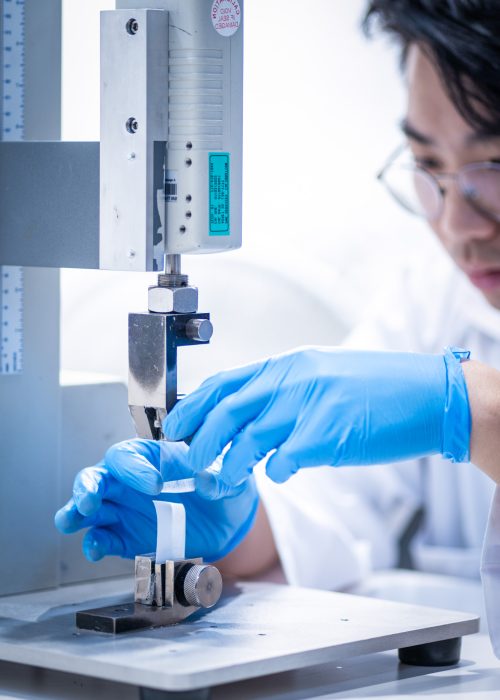
What is peel strength testing for medical device packaging?
The peel test is used to measure seal strength in flexible barrier materials, although it can be conducted on seals between rigid materials as well. Just as the name implies, this testing method measures the amount of force that is needed to separate a seal.
Peel resistance testing helps to:
Maintain sterility
It verifies that the packaging will remain sealed until it is opened by the end user.
Ensure package integrity
Peel force testing validates the strength of the seal.
Provide user safety
This type of testing determines that the packaging will not open prematurely which could impact ease of use or even safety of the device.
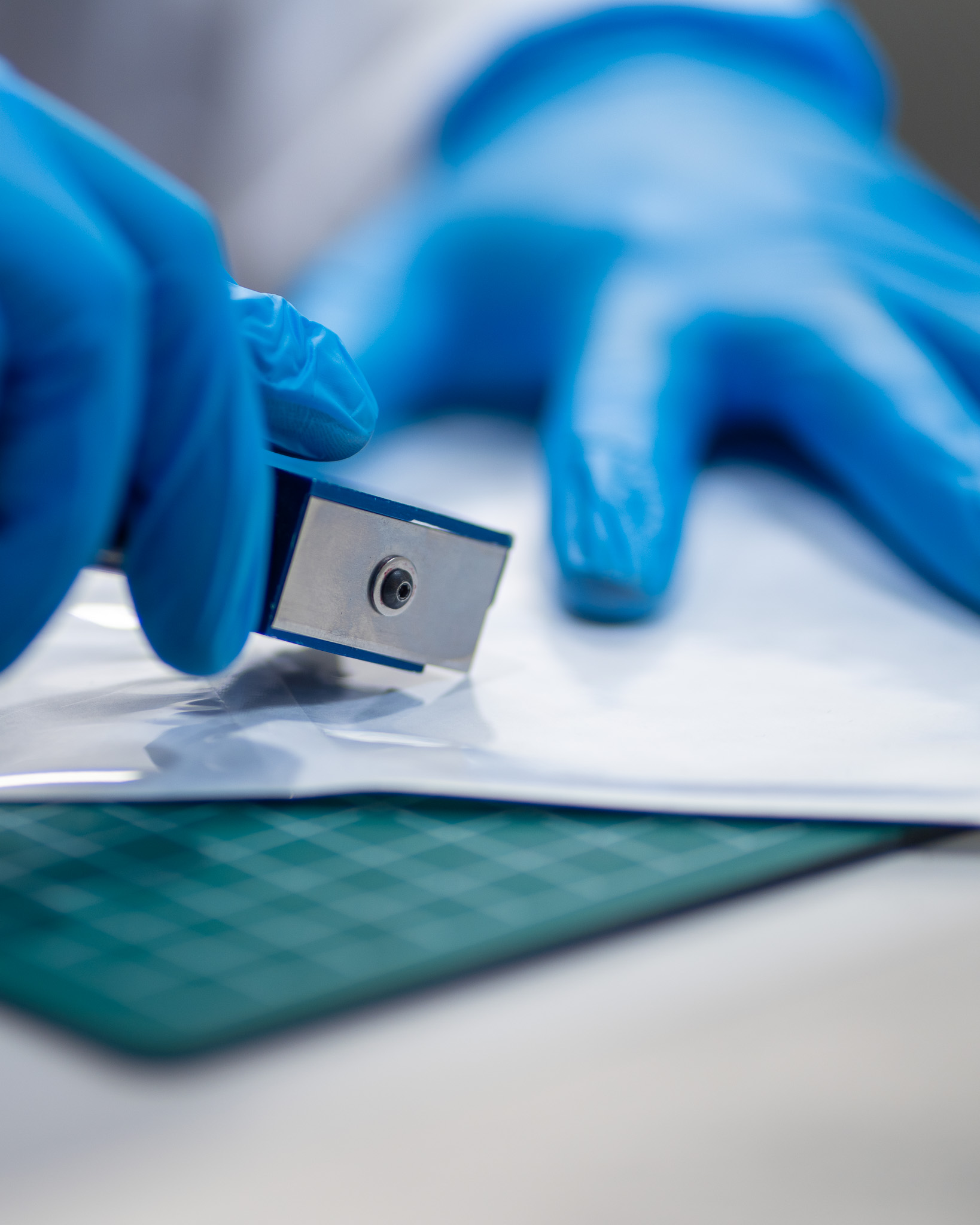
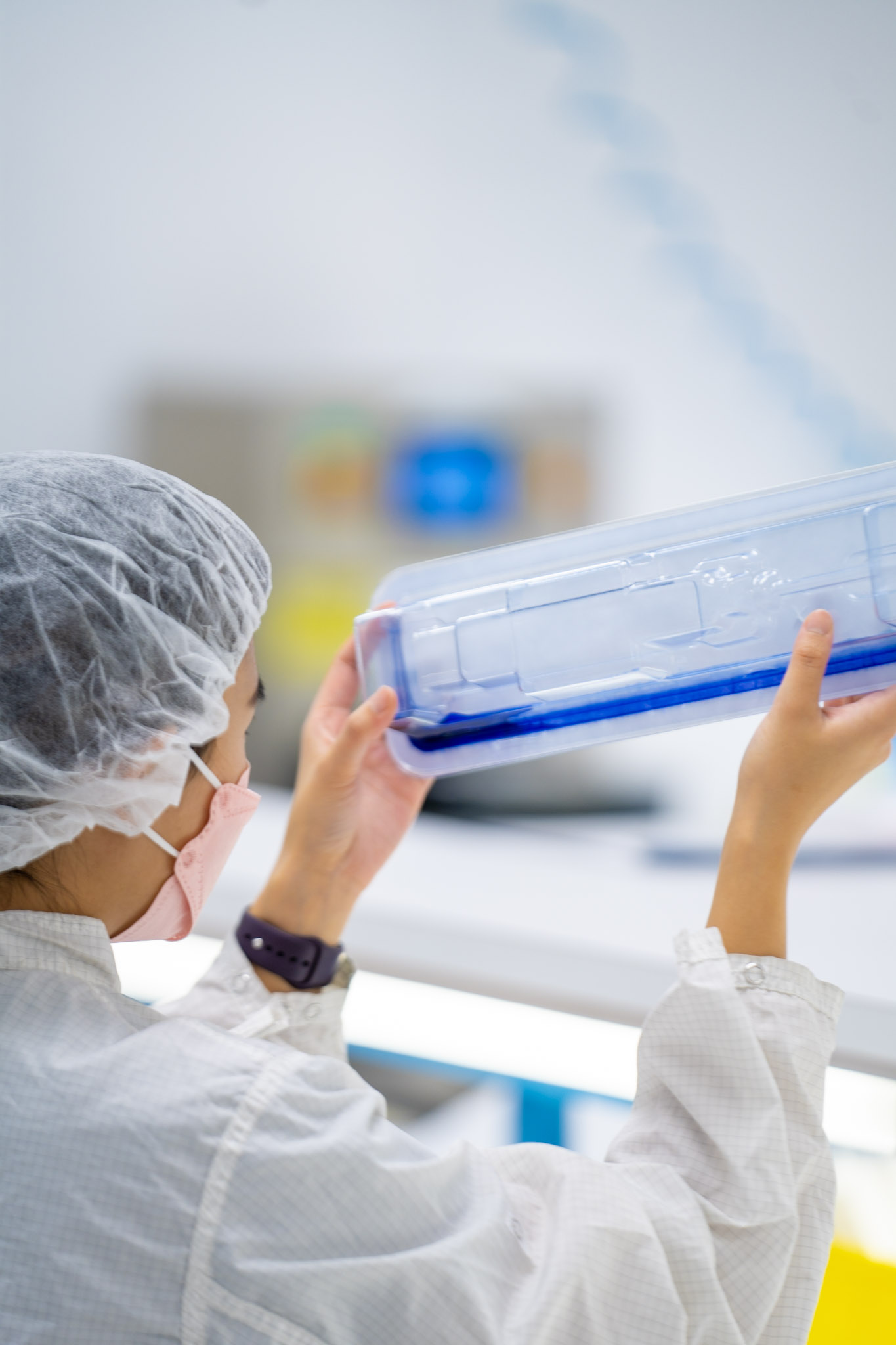
Who needs peel strength testing?
OEM medical device manufacturers must prove that their packaging will maintain integrity for end user safety. Peel adhesion testing can offer that regulatory confirmation. Packaging suppliers and regulatory compliance teams also rely on seal peel tests to verify that packaging will remain sterile and meet regulatory standards.
How does peel strength testing work?
Peel testing typically follows three steps:
Sample preparation
A sample of the packaged device is prepared, ensuring that the adhesive or seal to be tested is in the same condition as it would be in real-world use.
Testing procedure
The sample is placed in a testing machine that applies controlled force to peel apart the bonded surfaces of the packaging. The force needed to separate the surfaces is then measured.
Data analysis
Data is collected and analyzed to determine whether the peel strength meets specified standards.
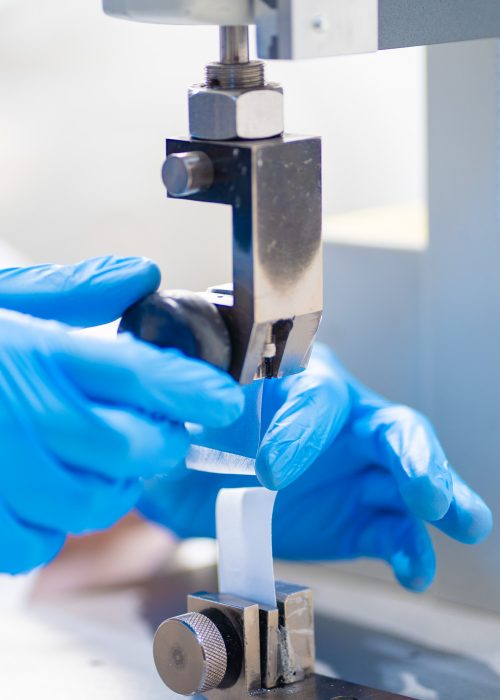
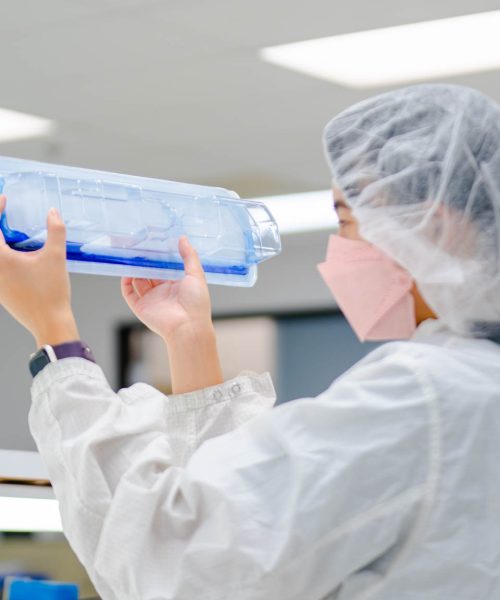
What standards apply?
The FDA has strict requirements for medical device packaging, ensuring it maintains sterility and integrity throughout its lifecycle. Standards such as ISO 11607 (Packaging for Terminally Sterilized Medical Devices) outline specifications for packaging performance, including peel strength testing to verify seal integrity. Additionally,
ASTM F88 (Standard Test Method for Seal Strength of Flexible Barrier Materials) provides guidelines for measuring the force required to separate sealed packaging, ensuring that it is strong enough to protect the device while remaining easy to open under controlled conditions.
Why LSO?
As an FDA-registered and ISO 13485-certified contract manufacturing organization, Life Science Outsourcing (LSO) offers assembly, packaging, sterilization, and specialized capabilities in diagnostics packaging and design. Our unique business model combines comprehensive in-house services and extensive regulatory expertise, allowing us to provide the agility and flexibility needed to expedite market launches while standardizing the supply chain and minimizing risks.
